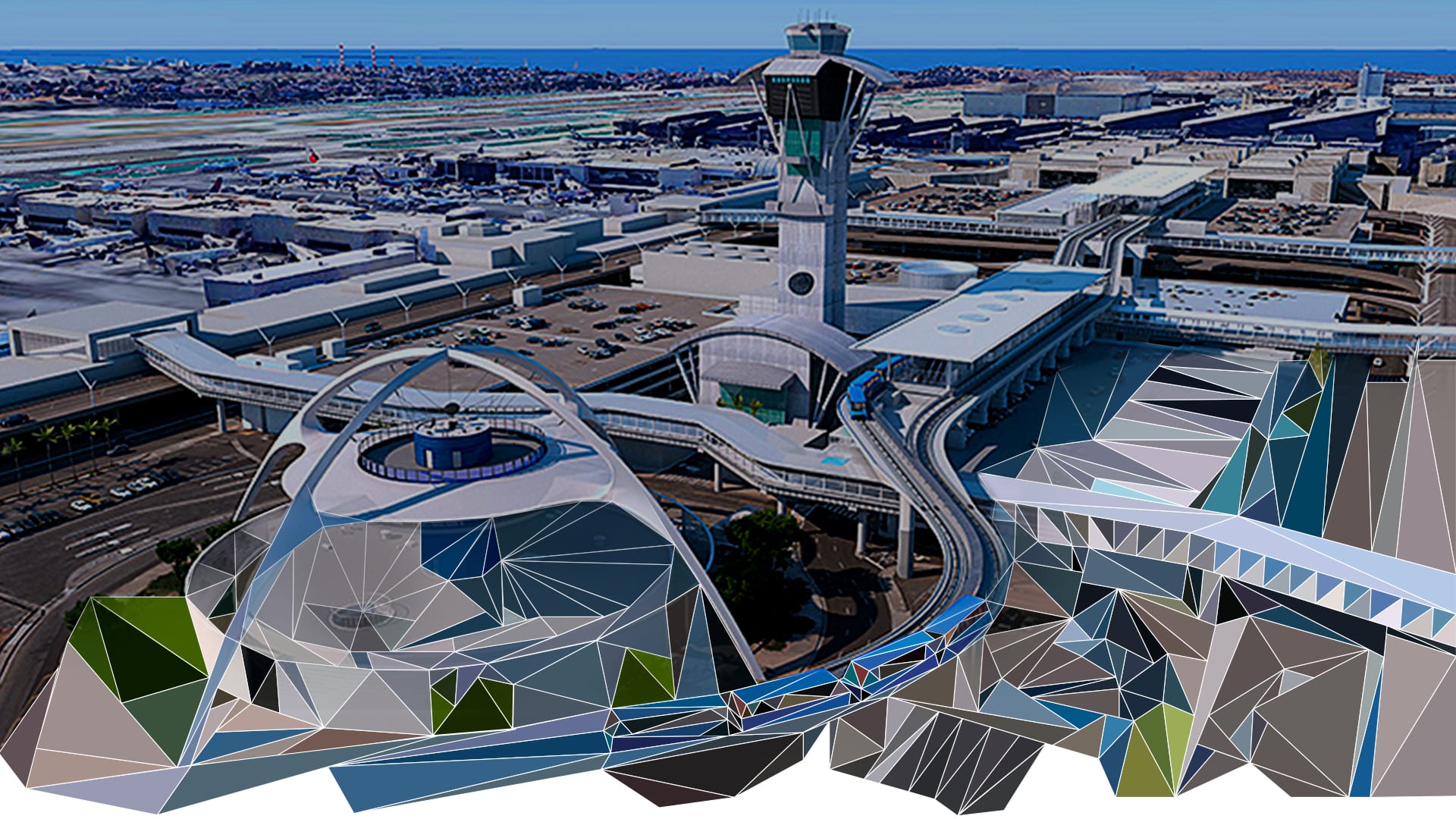
Over the past decade, the adoption of construction technology has increased significantly. The push has largely focused on uniting fragmented workflows and improving the accessibility of building information modeling (BIM). Given that 83% of expert BIM users report a positive return on investment from the process, it makes sense that the architecture, engineering, and construction industries want to find innovative solutions for making the process even more connected and valuable.
To celebrate the achievements of industry leaders who are pioneering those innovations, Autodesk launched the AEC Excellence Awards in 2012. Through this award program, we celebrate the movers and shakers in the industry that encourage technology adoption to transform the way we design, plan, and build.
This year the AEC Excellence Awards program is turning 10. In the last 10 years, we have seen projects of all sizes from places across the globe that have embodied innovation in advancing the built environment. This past year has brought new challenges to the AEC industry, but the industry has faced these challenges head-on, demonstrating resilience in the way we approach project success.
To celebrate the 10th anniversary, we’re doing something different this year. Instead of accepting new submissions for the program, we’re celebrating past winners, innovators, and champions. These change agents are pushing the industry forward by rethinking how to integrate technology into everything we do.
One of the key elements in this build toward a better future has been BIM adoption in the AEC industry. The global BIM market reached $5.2 billion in 2019 and is expected to reach $15.7 billion by 2026. Experts forecast that the compound annual growth rate for the market will be 18% from 2019 to 2027.
The growth rate is no surprise when you consider the benefits BIM offers construction. The process digitally represents a facility's functional and physical characteristics, providing critical information for strategic decision-making throughout the facility's life cycle.
BIM is especially beneficial for project teams because it produces increased visibility into construction and design data, estimates, and materials. It helps to improve coordination across departments and stakeholders by providing a single source of truth. BIM also accelerates project timelines through the visualization of components so changes can be made early in the design process.
Just as BIM adoption has increased in our industry, so has the number of entries to the AEC Excellence Awards. We’ve seen over 1,100 entries from 60 countries in the last ten years. More than 80 awards have been given to celebrate and honor achievements for the best building and infrastructure design or construction projects. Let’s take a look back at a few groundbreaking projects from around the globe to see how technology is advancing the AEC industry.
The UVA Health System University Hospital is one of the few trauma centers in the area and receives as many as 20 patients via helicopter every day. The hospital wanted to increase its capacity for in-patient and emergency services while minimizing disruptions to operations as much as possible. They engaged with the construction management firm Skanska USA and the design team Perkins&Will on the project.
Skanska USA and Perkins&Will leveraged 3D construction models linked to schedules to help the hospital maintain operations, including maintaining its helipad over the course of 22 months. The connected BIM approach provided insights into the preconstruction project and delivered those insights straight to the job site through BIM 360.
The BIM 360 technology was also advantageous for increasing collaboration and communication in the field. The field team could easily access the schedule, share issues or updates, and visualize next steps all from their mobile tablets. The team used BIM 360 to analyze and refine crane operations as well as to sequence steel and concrete construction, which eliminated over $1 million in bracing costs.
Facebook’s Clonee Data Centre in Clonee, Ireland, is completely supported by wind energy. The data center is located in a complex with dual 25,000-square-meter (approximately 269,000 square feet) data halls.
Project general contractor, Mace Technology Ireland, led the construction phase of building the double data centers. With over 1,500 people working on the project on a daily basis, Mace needed an effective way to keep the project on track. They used BIM 360 to deliver cost savings, resulting in a 35% increase in overall productivity. Managers saved over 13 hours each week on average, and site users saved around 12 hours each week on document control. Organizations that worked on the quality assurance and controls processes saved more than 14 hours weekly. Mace employees who actively contributed information to BIM 360 were found to be 21% more productive.
Located in San Francisco, California, the expansive Chase Center & Warriors sports and entertainment complex features an arena with 18,000 seats, two 11-story office buildings, over 20 retail stores, a gatehouse, 3.2 acres of plazas and open spaces, and a 925-space parking structure.
This $1.4 billion mixed-use office and retail development space was built with the nautical history of the area and the San Francisco Bay in mind. Through their joint venture, Mortenson and Clark leaned on BIM 360 and other Autodesk AEC solutions to streamline workflows, work concurrently in a master model, and establish a 3D and 4D approach during the preconstruction phase.
John Sisk & Son brought their experience in data center construction and digital project delivery to complete the Multinational Data Center project in Malmo, Sweden. This data center is designed to house and run networks and servers for massive data processing and storage.
The project was set on an aggressive schedule and accelerated construction phase. John Sisk & Son also faced the challenge of complex underground services infrastructure as well as other infrastructure, mechanical, and electrical demands. The COVID-19 pandemic added another layer of complexity to the project.
To overcome these challenges, Sisk followed a cloud-based BIM approach to optimize the design and resolve issues while automating the process of aggregating the design team's BIM models through an integration between BIM 360 and Navisworks clash detection tool.
The team also prioritized the creation of a common data environment for information management, 3D visualizing, quality control, and change management. Sisk leveraged BIM to reduce burdens on resources and increase productivity by using BIM to collaborate with electrical and mechanical contractors. These elements were then fabricated in Ireland for shipment to Sweden.
The results speak for themselves:
The Tianjin Chow Tai Fook Financial Center makes up 390,000 square meters in total construction area with a four-story basement, five-story podium, and 103-story tower. Completed in 2019, the polyline-shaped building features a square shape as the base. As the eighth tallest building in the world with fewer than 100 floors, the skyscraper project was led by the China Construction Eighth Engineering Division Corp., Ltd.
The construction firm relied on BIM to successfully complete the project and avoid modifications as well as rework. BIM helped contractors complete their work ahead of schedule and cut down on the amount of materials needed for delivery. This approach saved 60 days of construction work and more than $14 million RMB in material and labor costs.
These five projects are only a handful of the examples of innovation taking place in the world of engineering, architecture, and construction. In 2021 and beyond, we are sure to witness more leading firms transforming what’s truly possible in our industry. Until then, let’s take a closer look at this past decade of innovation as we prepare for what’s to come:

May we collect and use your data?
Learn more about the Third Party Services we use and our Privacy Statement.May we collect and use your data to tailor your experience?
Explore the benefits of a customized experience by managing your privacy settings for this site or visit our Privacy Statement to learn more about your options.